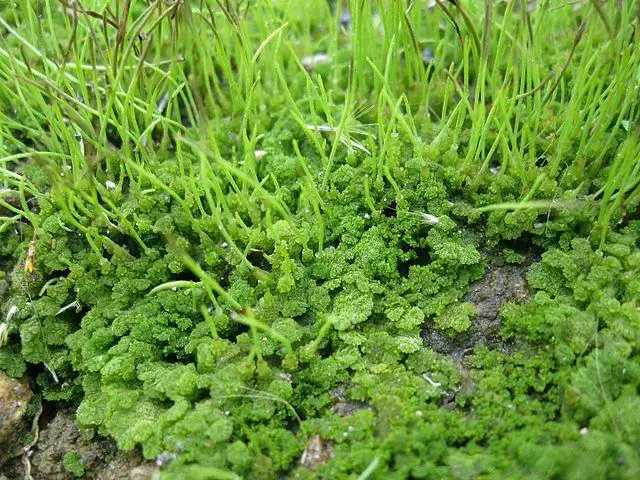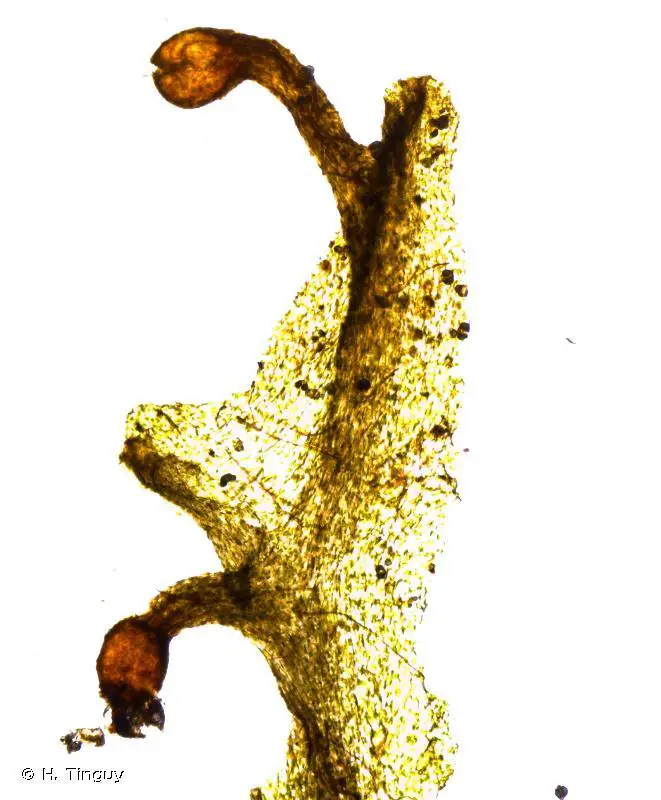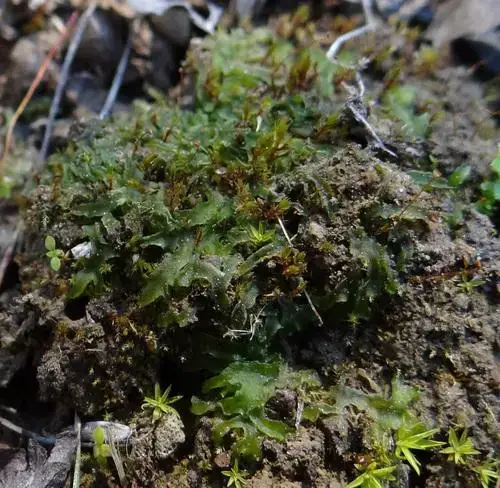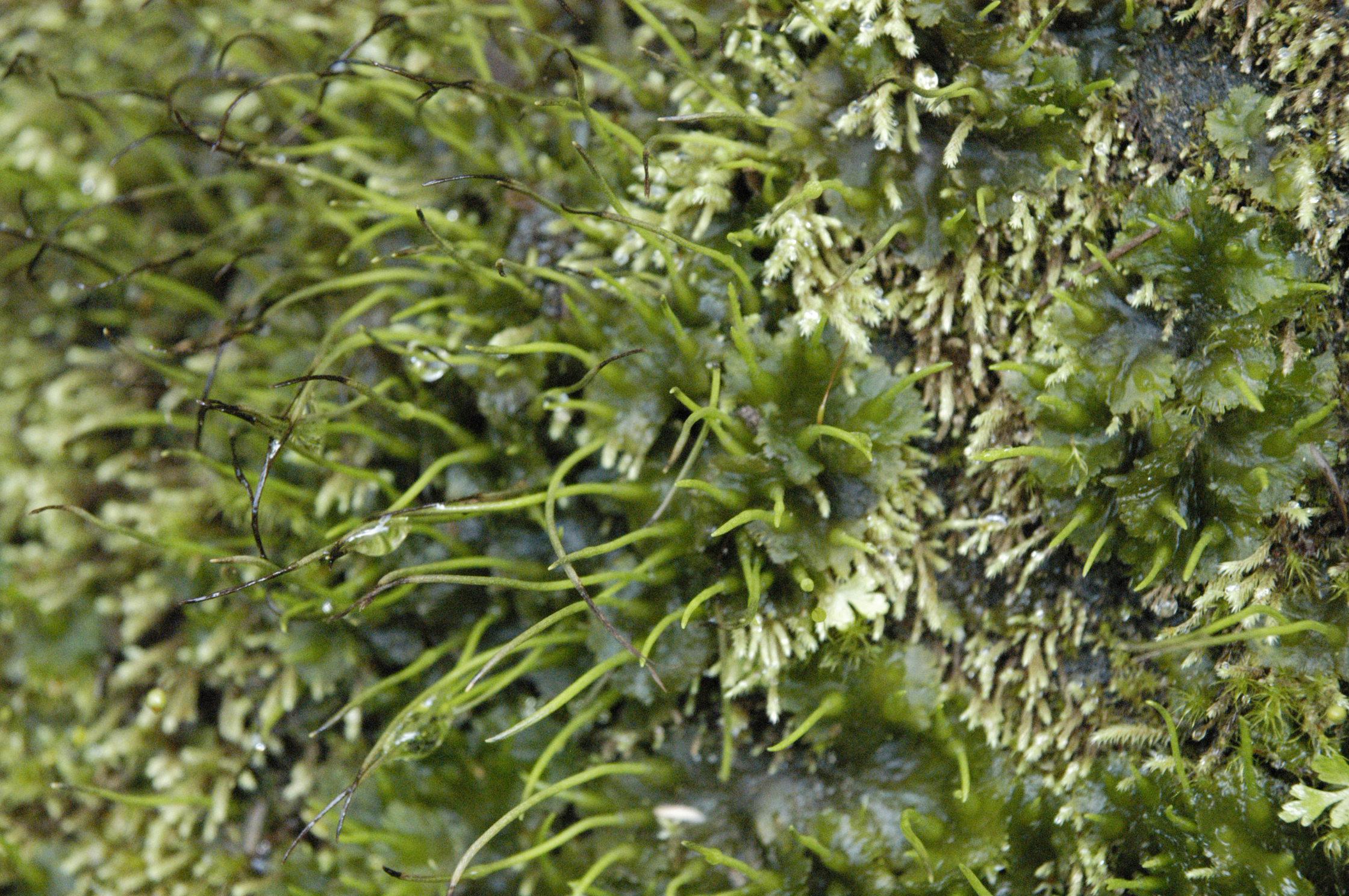
Anthoceros_sp-min-1.jpg from: https://maestrovirtuale.com/antoceros-caracteristicas-ciclo-de-vida-reproducao-e-exemplos/
Exploring the Fascinating World of Anthoceros bulbiculosus Brot. Moss
Introduction
Mosses are often overlooked, but they play crucial roles in ecosystems around the world. One particularly interesting species is Anthoceros bulbiculosus Brot., a moss in the Phymatocerotaceae family. In this blog post, we’ll dive into the details of this fascinating plant, from its morphology to its ecological importance. Get ready to discover the hidden world of Anthoceros!

169319.jpg from: https://inpn.mnhn.fr/espece/cd_nom/786460
Background
Anthoceros bulbiculosus Brot. is a species of hornwort, which are non-vascular plants in the division Anthocerotophyta. Hornworts get their name from their horn-like sporophytes.

medium.jpg from: https://www.biodiversity4all.org/taxa/56329-Anthocerotales

Anthoceros_crispulus.jpg from: https://indiabiodiversity.org/species/show/262442?pos=
A. bulbiculosus was first described by the Portuguese botanist Félix Avelar Brotero in 1804. It is one of around 300 species of hornworts found worldwide.
Morphology and Identification
A. bulbiculosus forms small, flattened green mats on soil or rocks. The gametophyte (main plant body) consists of a flattened thallus that is 1-3 cm in diameter. The thallus lacks a midrib and is irregularly lobed.
One of the most distinctive features are the bulbils – small, spherical vegetative reproductive structures that form on the upper surface of the thallus. These give the species its name “bulbiculosus“, meaning “with little bulbs”. The bulbils allow the plant to reproduce asexually.
The sporophytes are 1-4 cm tall, slender, and horn-shaped. They grow from the upper surface of the thallus and split lengthwise to release spores when mature. A. bulbiculosus is monoicous, meaning both male and female reproductive structures are found on the same plant.
Global Distribution and Habitat
A. bulbiculosus has a widespread but scattered distribution, being found in Europe, Asia, Africa, and the Americas. It typically grows in moist, shaded habitats such as riverbanks, damp soil, and rock crevices. The species is found from lowland to montane elevations.
Ecological Roles and Adaptations
Like other mosses and hornworts, A. bulbiculosus plays important roles in its ecosystems:
- Helps prevent soil erosion by stabilizing soil
- Provides habitat for micro-organisms and small invertebrates
- Aids in nutrient cycling and water retention
- Acts as a pioneer species, being one of the first plants to colonize disturbed areas
A. bulbiculosus has several adaptations that allow it to thrive:
- Bulbils enable rapid asexual reproduction and colonization of new areas
- Flattened thallus maximizes surface area for photosynthesis and moisture absorption
- Lack of vascular tissue suits moist habitats where water conductance is less critical
Conclusion
Anthoceros bulbiculosus Brot. may be small, but this mighty moss has an important story to tell. From its unique morphology to its ecological significance, A. bulbiculosus showcases the incredible diversity of the plant kingdom.
The next time you’re out in nature, take a closer look – you might just spot this fascinating species! What other overlooked organisms in your area have surprising stories to discover?